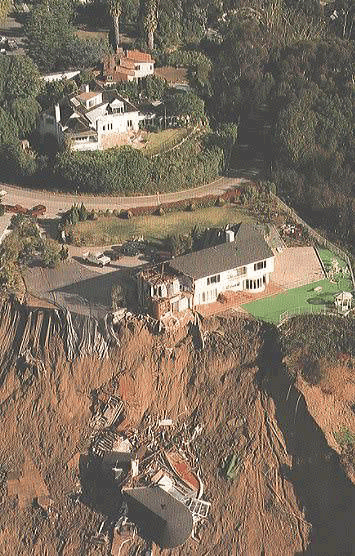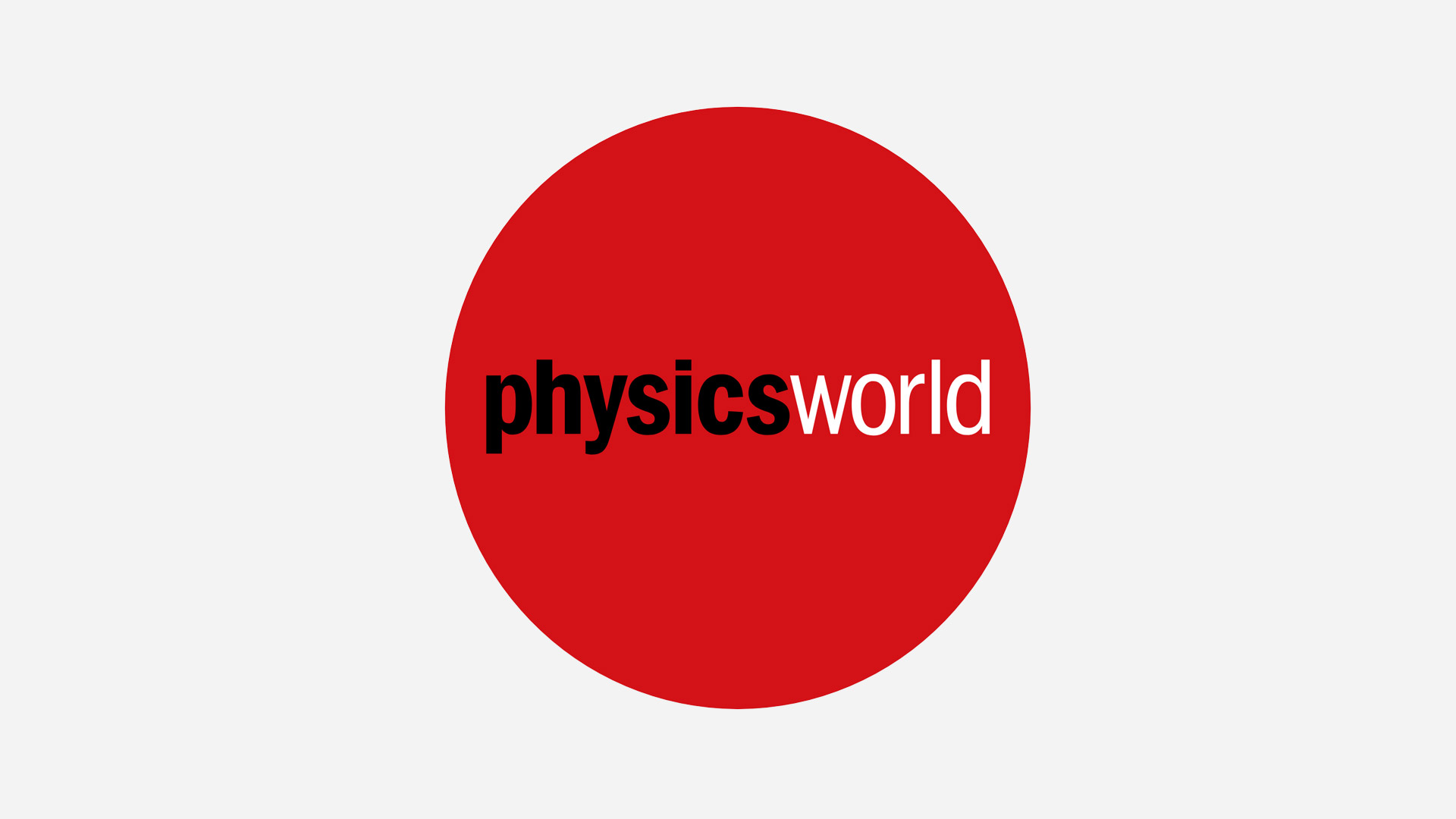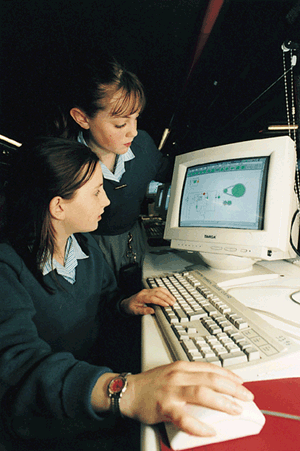Author
Array
(
[0] => linkedin
[1] => facebook
[2] => twitter
[3] => google-plus
[4] => youtube
)
Array
(
[0] => linkedin
[1] => facebook
[2] => twitter
[3] => google-plus
[4] => youtube
)
Array
(
[0] => linkedin
[1] => facebook
[2] => twitter
[3] => google-plus
[4] => youtube
)
Array
(
[0] => linkedin
[1] => facebook
[2] => twitter
[3] => google-plus
[4] => youtube
)
Array
(
[0] => linkedin
[1] => facebook
[2] => twitter
[3] => google-plus
[4] => youtube
)
No Author
Author archive
 Read article: Ulysses probes the solar maximum
Read article: Ulysses probes the solar maximum
“Solar activity has been increasing for the past three or four years, and now Ulysses has started observing much more disturbed conditions at increasing solar latitudes,” explains Andre Balogh of Imperial College, a principal scientific investigator on the mission. “The passes over the poles of the Sun will show a different kind of interplanetary environment […]
 Read article: Bad vibrations from acoustic lenses
Read article: Bad vibrations from acoustic lenses
Davis’ team developed a three-dimensional model to pinpoint possible underground focusing structures after analysing aftershock data and the local geological structure. The north-dipping Santa Monica fault and the basement of the Los Angeles basin form a convex structure, about three kilometres below the Earth’s surface. The group believes that seismic waves passed through this structure […]

Andrey Geim of the Universities of Nijmegen and Manchester, and co-workers from Russia, Belgium and the UK, measured the amount of flux entering micron-sized aluminium discs, where edge effects are important. The measurements were made using a so-called ballistic Hall magnetometer. The samples were first cooled to 0.5 K in the absence of a magnetic […]

Sharp Pierson and Cotgreave of the Save British Science Society analysed the publishing records of 252 scientists who gained their doctoral degrees in the UK. They compared the quality of the scientists’ early published research with their current country of residence, using the number of citations a paper received as a measure of quality. Scientists […]

Whereas the carbon atoms in a graphite sheet are arranged in hexagons, the fullerene form of carbon includes both pentagons and hexagons. The first fullerene to be discovered, carbon-60, contains 12 pentagons and 20 hexagons and is shaped like a football. Now Paul McEuen’s group at the Lawrence Berkeley National Laboratory and the University of […]

The crystals themselves are constructed from lead balls 1 cm in diameter, coated with a 2.5-mm layer of silicone rubber, and placed inside an epoxy matrix. The strong periodic variation in density creates spectral gaps that prevent the transmission of waves. This is analogous to the attenuation of electromagnetic waves in photonic crystals. Liu’s team […]

Tully and co-workers have combined the data from the four experiments at LEP and found evidence that the Higgs boson has a mass of 114.9 GeV c-2. ‘It is a 2.6 sigma effect,’ he told PhysicsWeb, ‘so there’s still a 6 in 1000 chance that what we are seeing are background events, rather than the Higgs.’ The […]
 Read article: Supersymmetry makes its case
Read article: Supersymmetry makes its case
In 1951 Herman Weyl, a pioneer in the application of the mathematics of symmetry to physics, published a popular account of the field. His book was called, quite simply, Symmetry. To the uninitiated, Gordon Kane’s new book Supersymmetry might be construed as evidence that the world of physics has been gripped by the same inflationary […]
 Read article: Women matter
Read article: Women matter
What do the evolution of the universe and the relative proportions of men and women in physics have in common? Well, imagine that men are matter and that women are antimatter. And note that equal amounts of matter and antimatter were created in the big bang, just as equal numbers of baby boys and girls […]
 Read article: Physics, technology and the Olympics
Read article: Physics, technology and the Olympics
What effect does technology have on the performance of athletes, asks Steve Haake
Copyright © 2025 by IOP Publishing Ltd and individual contributors
 Read article: Ulysses probes the solar maximum
Read article: Ulysses probes the solar maximum




